In the vast and diverse world of insects, which comprises over a million known species, some stand out not for their beauty or ecological importance, but for their aggressive behaviors. While aggression serves various purposes in nature—from territorial defense to predation—certain insects have evolved remarkably hostile tendencies that can make them formidable opponents despite their small size. This exploration into the most aggressive insects reveals how these tiny creatures have developed impressive strategies for survival that often involve confrontational behaviors toward threats, competitors, and even humans. Understanding these aggressive tendencies provides fascinating insights into evolutionary adaptations and the complex behaviors that have allowed insects to become one of the most successful animal groups on Earth.
The Asian Giant Hornet: A Formidable Apex Predator
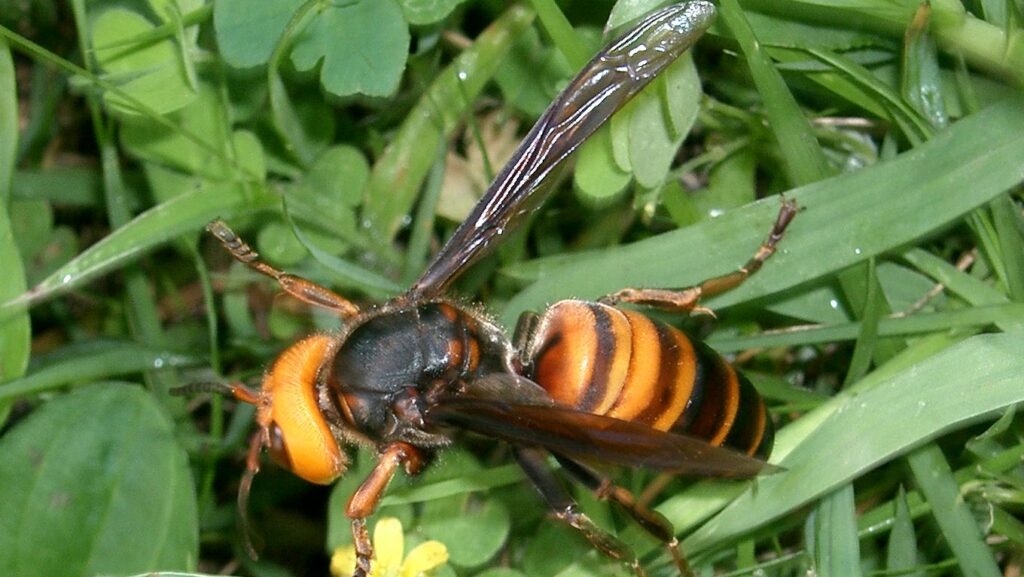
Often cited as the most aggressive insect in the world, the Asian giant hornet (Vespa mandarinia), nicknamed the “murder hornet,” earns its reputation through both size and temperament. Growing up to two inches long with a wingspan of three inches, these hornets possess a venom potent enough to dissolve human tissue and cause kidney failure. Their aggressive behavior is most evident during their “slaughter phase,” when groups of hornets can systematically decimate entire honeybee colonies in hours, decapitating bees and carrying their thoraxes back to feed their young. When threatened, these hornets can pursue humans for considerable distances, delivering multiple painful stings that inject roughly seven times more venom than a typical honeybee.
African Killer Bees: Hybridized Aggression
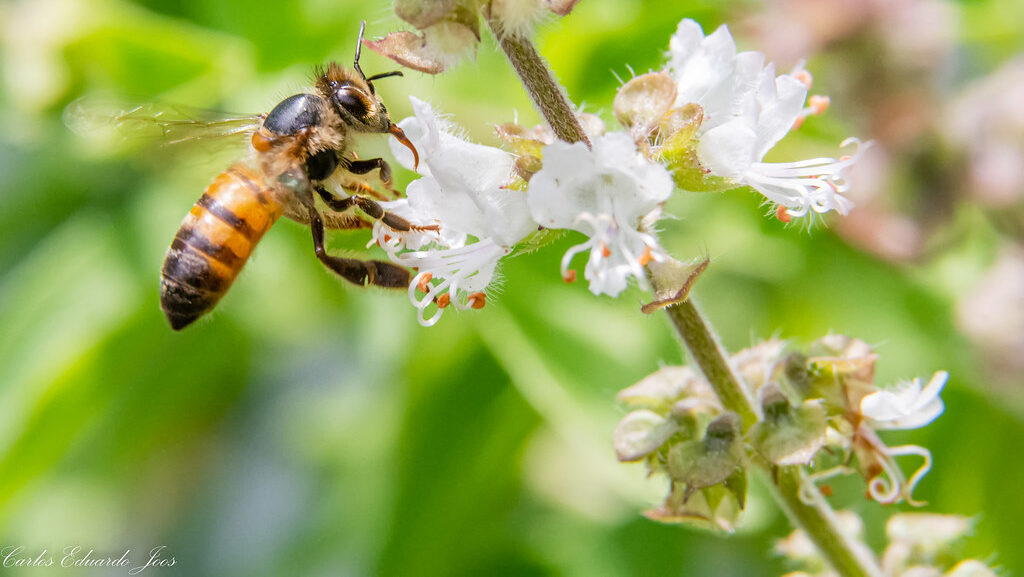
Africanized honey bees, commonly known as “killer bees,” represent one of the most notoriously aggressive insect species ever to affect human populations. These bees resulted from an experiment gone wrong in Brazil in the 1950s, when African honey bees escaped captivity and bred with European honey bees, creating a hybrid with extraordinary defensive behaviors. Unlike their European counterparts, Africanized bees respond to perceived threats by attacking in massive numbers, sometimes pursuing threats for over a mile. Their venom is not more potent than regular honey bees, but their aggressive response can involve thousands of individual stings, making them responsible for approximately 1,000 human deaths since their introduction to the Americas. Their hypersensitivity to disturbances means that activities as minor as lawn mowing near a hive can trigger a full-scale attack.
The Bullet Ant: Pain as a Defense Mechanism
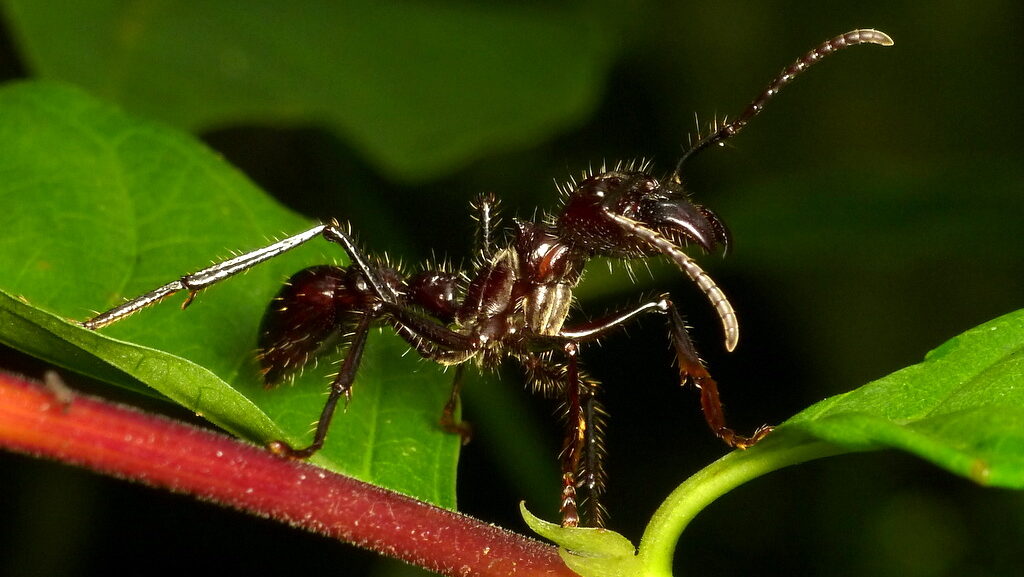
Native to rainforest regions of Nicaragua south to Paraguay, the bullet ant (Paraponera clavata) has earned its position among the most aggressive insects through its infamous sting. Named for the pain it inflicts—said to be comparable to being shot—the bullet ant possesses venom containing poneratoxin, a neurotoxic peptide that affects nerve cells and causes extreme pain lasting up to 24 hours. Growing to nearly an inch long, these solitary foragers become extraordinarily aggressive when their colony is threatened, with workers swarming out to deliver multiple excruciating stings to intruders. The Schmidt Pain Index, which ranks insect stings by pain intensity, places the bullet ant at the top with a perfect score of 4.0+, describing the sensation as “pure, intense, brilliant pain…like walking over flaming charcoal with a three-inch nail embedded in your heel.”
Driver Ants: The Unstoppable Army

Driver ants (Dorylus species), also known as safari ants or army ants, demonstrate aggression through their overwhelming collective behavior rather than individual attacks. These nomadic ants form massive colonies of up to 20 million individuals and conduct “raids” where millions of workers form columns up to 50 meters long and 20 meters wide, consuming virtually everything in their path. Their powerful mandibles can slice through small vertebrates unable to escape their path, and they’ve been known to kill and consume chickens, pigs, and even immobilized humans. Unlike many aggressive insects that attack primarily in defense, driver ants actively hunt and overwhelm prey through sheer numbers and coordination. Their aggressive nature is so renowned that some African tribes have historically used them as natural sutures for wounds, allowing the ants to bite the edges of a cut together before removing their bodies and leaving the mandibles as makeshift stitches.
Fire Ants: Aggressive Colonizers
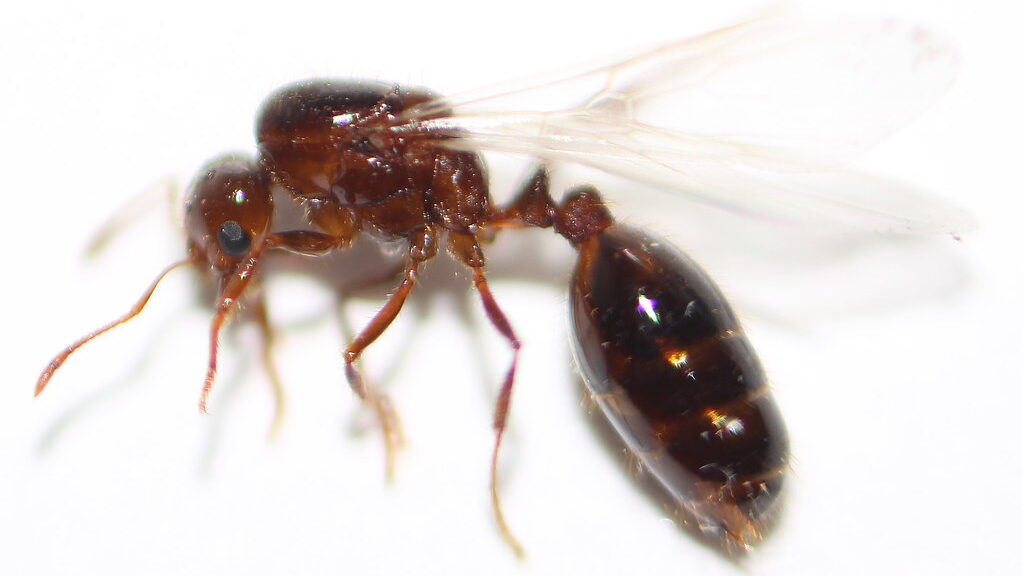
Red imported fire ants (Solenopsis invicta) have earned their position among the most aggressive insects through their territorial behavior and painful sting. Originally from South America, these invasive ants have spread across the southern United States, displaying remarkable aggression toward anything that disturbs their colonies. When threatened, fire ants attack en masse, latching onto victims with their mandibles and repeatedly stinging in a circular pattern while releasing alarm pheromones that trigger nearby ants to join the assault. Their venom contains alkaloids that cause an intense burning sensation, followed by pustules that can become infected if scratched. Their aggressive colonial behavior extends beyond defense, as they actively displace native ant species and other insects, dramatically altering ecosystems wherever they establish themselves.
Paper Wasps: Territorial Defenders
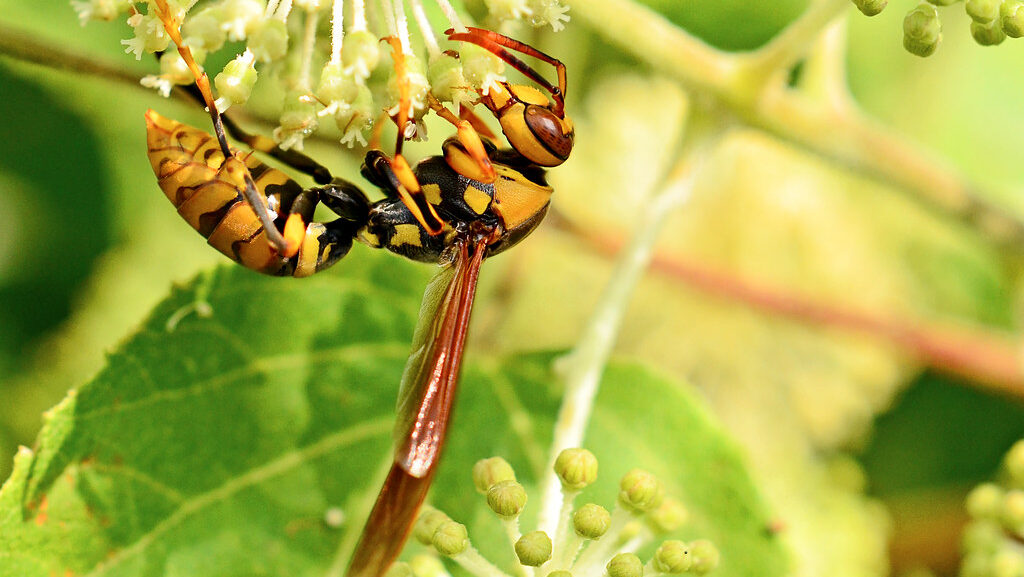
Paper wasps (Polistes species) display remarkable aggression when defending their distinctive open-comb nests, which they often build in accessible locations around human habitations. Unlike some social insects that will only attack when their nest is directly disturbed, paper wasps maintain a defensive perimeter and will aggressively pursue perceived threats that come within several feet of their colony. Their defense mechanism includes a unique behavior where defending wasps will fly directly at an intruder’s face, particularly targeting the eyes, before delivering multiple painful stings. What makes paper wasps particularly concerning is their ability to remember and recognize faces, with research suggesting they can remember individuals who have previously threatened their nest and respond more aggressively to them in future encounters. This cognitive capacity for targeted aggression puts them in a special category of insects capable of identifying specific threats and responding accordingly.
The Warrior Wasp: Named for Aggression

The warrior wasp (Synoeca septentrionalis), native to Central and South America, has earned its militant name through its extreme defensive behavior. These wasps build large nests that can house thousands of individuals, all prepared to defend their home with coordinated attacks when threatened. What makes warrior wasps particularly intimidating is their alarm behavior—when disturbed, the entire colony performs a synchronized wing-beating display that creates a sound resembling marching soldiers, effectively acting as a warning before their attack. If the warning is ignored, they launch a mass attack delivering multiple stings rated among the most painful in the insect world, ranking just below the bullet ant on the Schmidt Pain Index. Their aggression is further enhanced by their size (up to 1.2 inches) and the fact that, unlike honeybees, they can sting repeatedly without dying.
The Japanese Giant Hornet: Coordinated Attacks
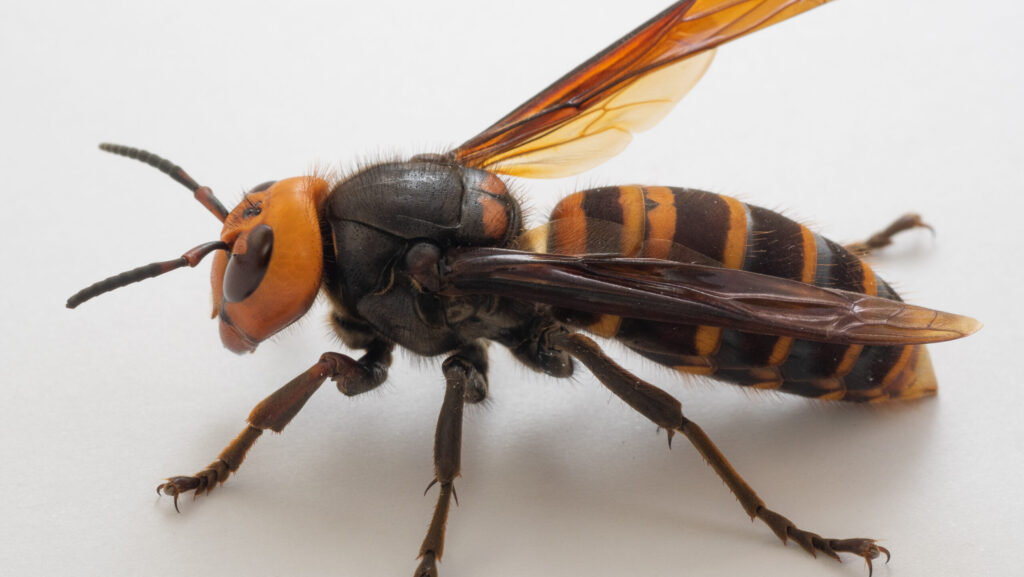
The Japanese giant hornet (Vespa mandarinia japonica), a subspecies of the Asian giant hornet, displays remarkable coordinated aggression that makes it one of the most feared insects in Japan. These hornets use a sophisticated chemical communication system to mark threats, releasing pheromones that guide other hornets to the target. A single scout can mark a honeybee colony, resulting in an organized attack by dozens of hornets that can eliminate up to 40 bees per minute through their efficient “decapitation” technique. Their aggression extends to humans as well, with attacks that can involve multiple hornets delivering repeated stings containing a venom that dissolves tissue and contains a pheromone that attracts additional hornets to the victim. Their mandibles are strong enough to chew through protective beekeeping suits, and approximately 30-40 people die annually in Japan from their stings, making them one of the deadliest insects to humans in terms of annual fatalities.
Tarantula Hawks: Specialized Hunters
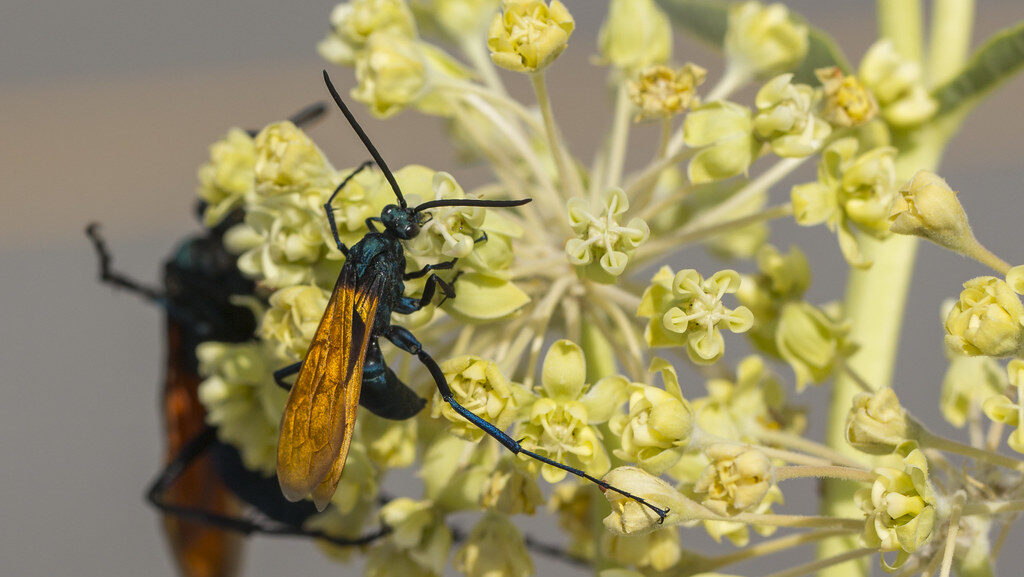
The tarantula hawk (Pepsis and Hemipepsis species) represents a specialized form of aggression that has evolved for a specific hunting purpose. These large wasps, which can grow up to two inches long, are named for their preferred prey—tarantulas—which they hunt with remarkable boldness and precision. The female tarantula hawk will deliberately provoke and engage in combat with a tarantula several times her weight, stinging the spider with one of the most painful insect stings known to humanity. Their venom doesn’t kill the tarantula but instead causes paralysis, allowing the wasp to drag the living spider to a burrow where she lays a single egg on the spider’s abdomen. When the larva hatches, it consumes the still-living tarantula from the inside out, avoiding vital organs until the final stages to ensure fresh food. While not typically aggressive toward humans unless handled, their sting is described by entomologist Justin Schmidt as “…immediate, excruciating, unrelenting pain that simply shuts down one’s ability to do anything else.”
Black Carpenter Ants: Chemical Warfare Specialists
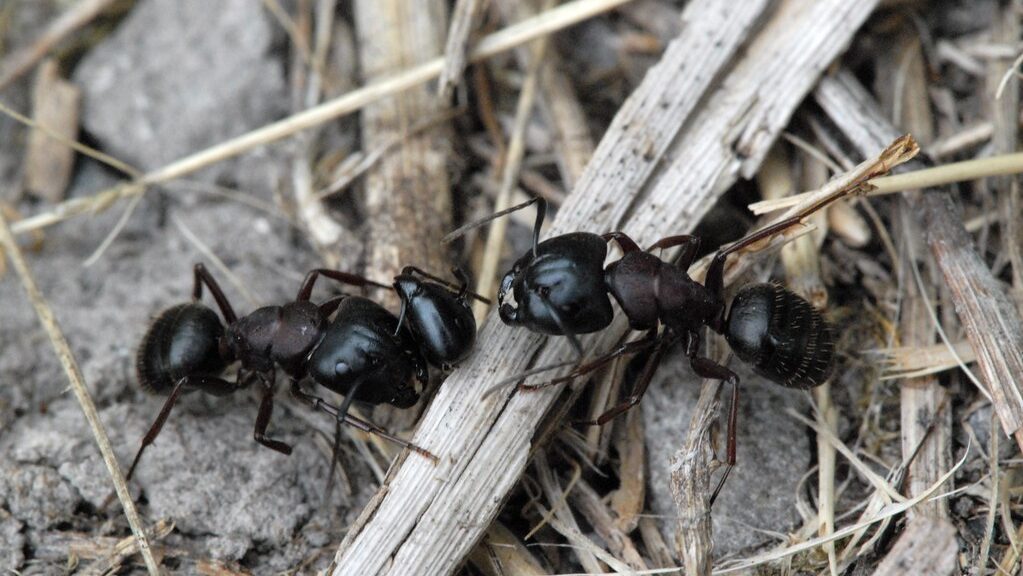
The black carpenter ant (Camponotus pennsylvanicus) employs a unique form of aggression that involves chemical warfare rather than stinging or biting. When threatened, these ants can spray formic acid from their abdomens with remarkable accuracy at predators or competing insects, causing irritation and potential chemical burns. Their aggressive territorial behavior becomes particularly evident during conflicts with rival ant colonies, where they engage in sophisticated combat strategies that include scouting, recruitment of reinforcements, and coordinated attacks. Unlike many aggressive insects, carpenter ants maintain “professional soldiers” with larger mandibles specifically evolved for colony defense and aggressive encounters. Their ability to combine chemical attacks with physical combat makes them formidable opponents despite lacking a stinger, allowing colonies to defend territories exceeding 100 meters in diameter.
Desert Locusts: Aggressive Swarmers
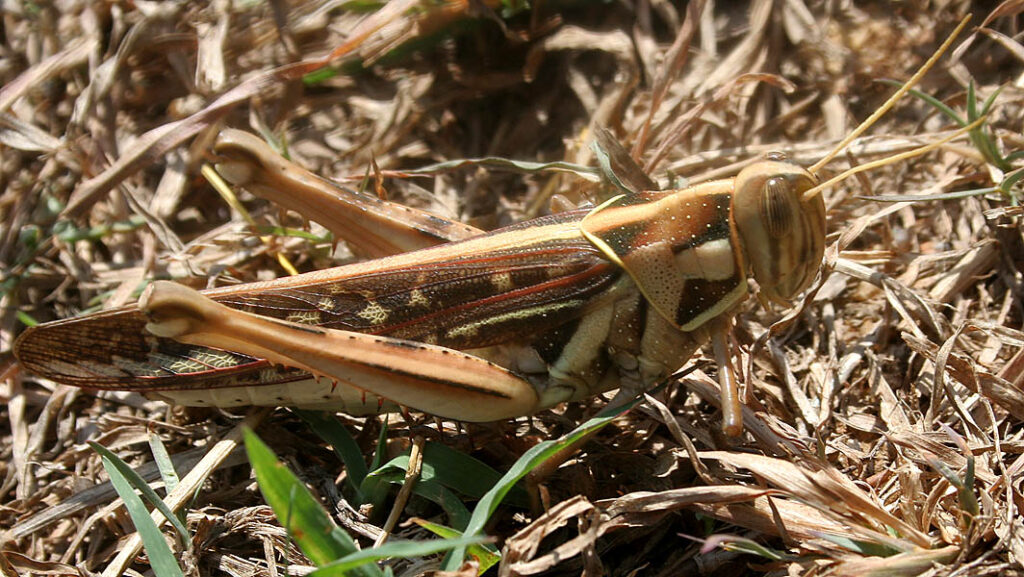
While not typically considered aggressive in the traditional sense, desert locusts (Schistocerca gregaria) display one of the most dramatic behavioral transformations in the insect world, shifting from solitary, harmless grasshoppers to highly aggressive swarming insects when environmental conditions trigger population growth. This phase change includes physiological alterations that increase aggressive behavior, with locusts becoming attracted to rather than repelled by each other and developing stronger flying muscles and feeding apparatus. Swarms can contain billions of individuals that consume their own weight daily, aggressively stripping all vegetation in their path and actively competing with each other for resources. The aggression between individuals manifests as cannibalism when food becomes scarce, creating a self-reinforcing cycle of aggressive behavior that propels swarms forward in search of new food sources. Their collective aggression toward plant life has caused famines throughout human history, making them one of the most economically destructive insects ever known.
The Evolutionary Purpose of Insect Aggression
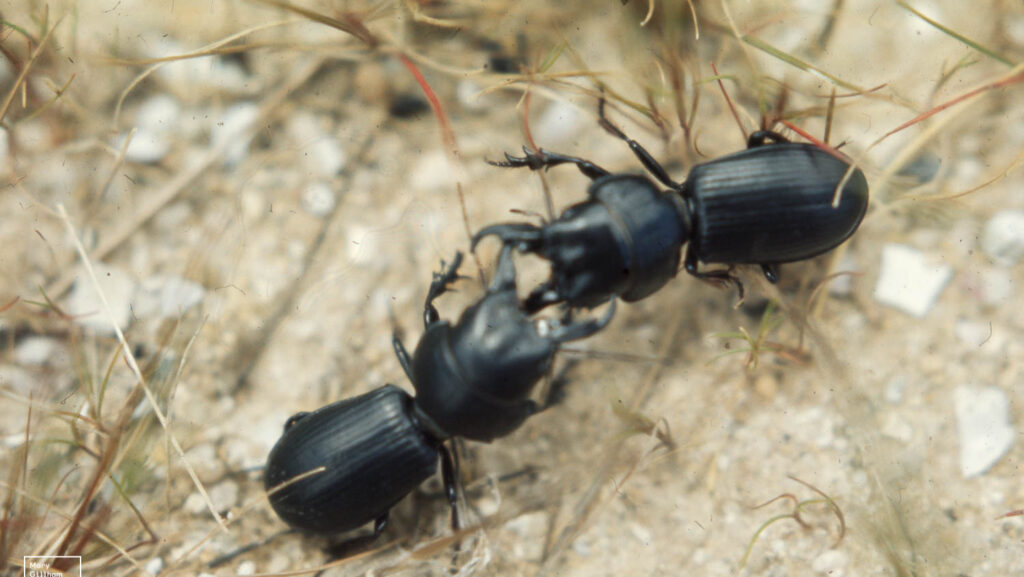
The extreme aggression displayed by certain insect species represents sophisticated evolutionary adaptations that serve critical survival functions. In social insects like ants, bees, and wasps, aggression primarily evolved as a colony defense mechanism, protecting valuable reproductive members and brood from predators or competitors. For predatory insects, aggressive behaviors enable successful hunting strategies that secure essential protein resources. The energy investment in aggressive behaviors—including venom production, specialized anatomical weapons, and complex defensive behaviors—indicates their critical importance to survival, as these adaptations would not persist without significant evolutionary advantages. Interestingly, research has identified neurochemical similarities in aggressive behavior across different insect orders, suggesting that aggression mechanisms evolved early in insect development and have been refined through millions of years of natural selection. This evolutionary perspective helps explain why insects, despite their small size, can display such remarkably complex and effective aggressive behaviors that often exceed what we observe in much larger animals.
Human Interactions with Aggressive Insects
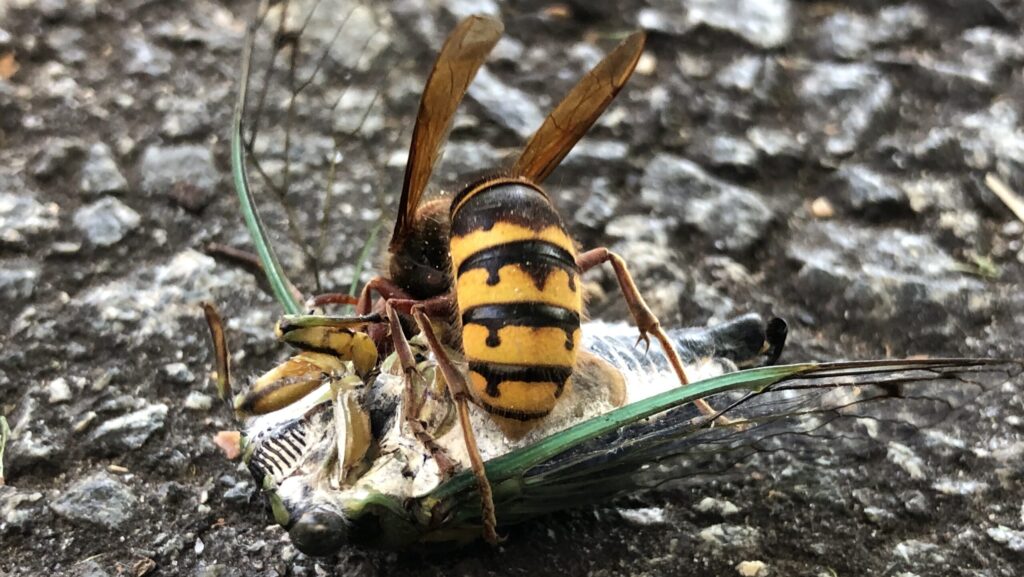
Human encounters with highly aggressive insects have shaped cultures, economies, and even military strategies throughout history. In some regions, the seasonal emergence of aggressive species requires community-wide adaptations, such as the temporary school closures that occur in parts of Japan during giant hornet season. Medical science has developed in response to insect aggression, with specialized treatments for various venoms and research into the unique properties of insect toxins leading to pharmaceutical applications, including potential pain management compounds derived from bullet ant venom. Traditional knowledge contains sophisticated understanding of aggressive insect behavior, with indigenous peoples in many regions using smoke, specific plants, or timing strategies to safely harvest honey from aggressive bee species or navigate areas with dangerous ant populations. The increased global movement of species has created new challenges, as aggressive insects like the Asian giant hornet and fire ant establish invasive populations in regions where natural predators or evolved defenses are absent, requiring costly control measures and public education campaigns to prevent harmful encounters.
